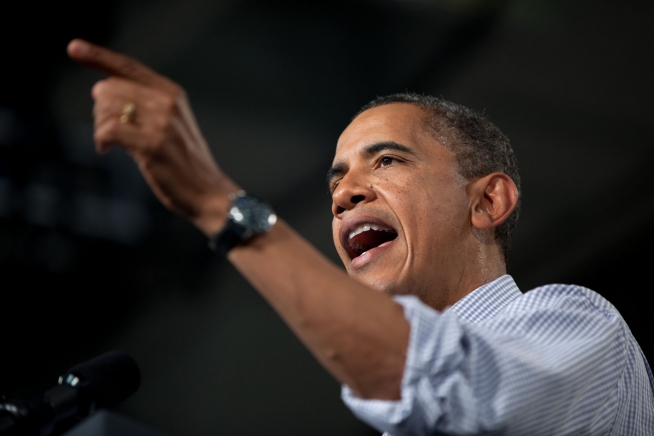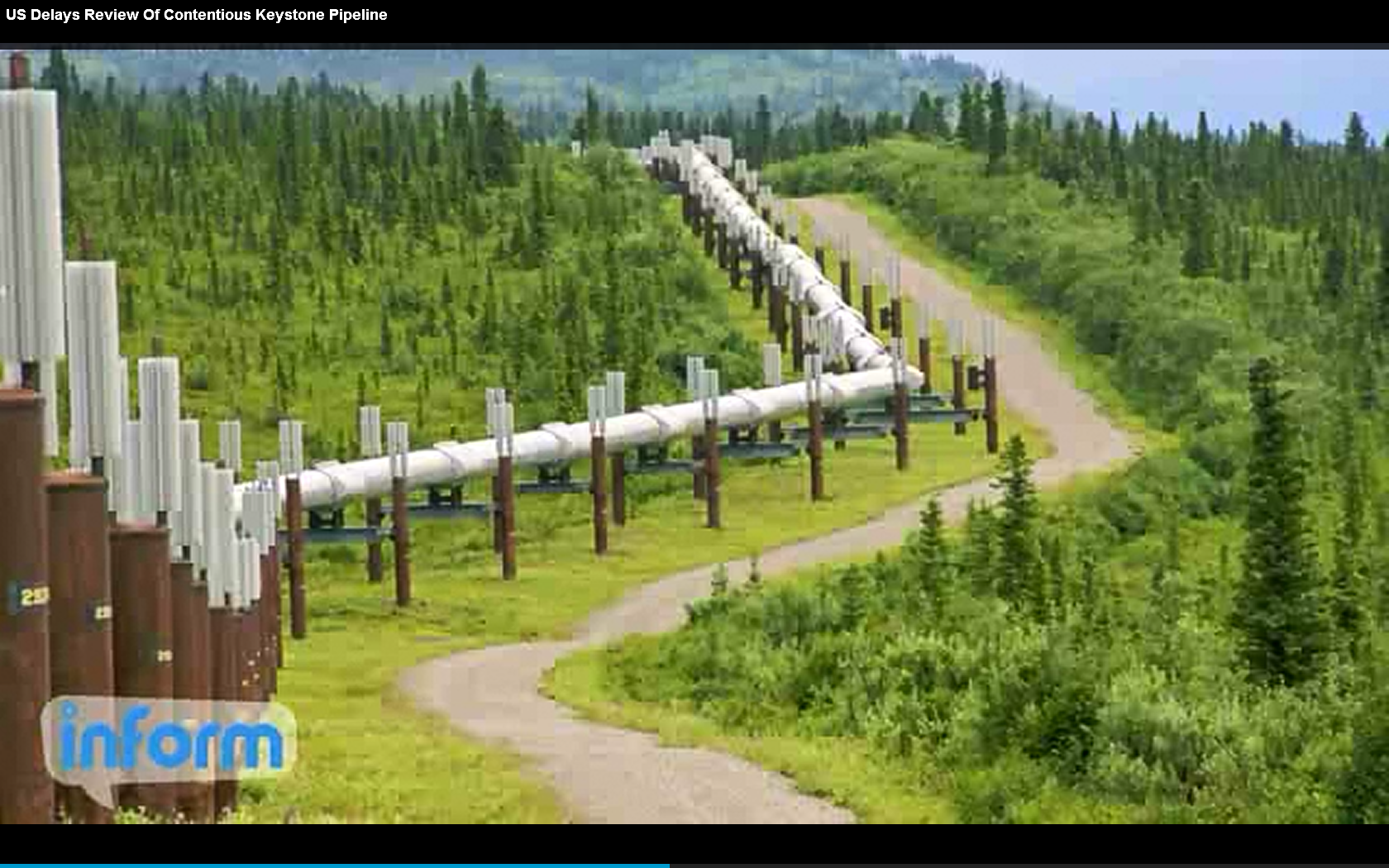The Little Ice Age
Will this presidential election be the most important in American history?
During the last 160 years the Earth has been recovering from the long centuries of the Little Ice Age. What is being portrayed by political activists as an alarming warming trend caused by burning of fossil fuels is in reality a global return to milder weather conditions within the range of naturally occurring climate variations primarily caused by differences in solar activity. Most of the post Little Ice Age warming has taken place in the first half of the 20th century before the rise in the level of human caused CO2 emissions that occurred after World War II.
We live in an interglacial period in which climate is constantly changing. Since the end of the last period of glaciation around 12,000 years ago humankind has experienced warmer and cooler periods. Generally, the warmer periods were times of prosperity and intellectual achievement in science, technology and art. Often they coincide with eras of empire building as in the case of the expansion of the Roman Republic into a vast empire during The Roman Warming.
Let’s now have a look at one of the cooler periods during the Holocene. The centuries known as “The Little Ice Age” lie in our recent past: they stretch from around 1250 to around 1850. This little ice age wasn’t an ice age at all but merely a less warm period during our current interglacial.
The transition from the Medieval Warming to the Little Ice Age seems to have been abrupt. Professor Ian Plimer estimates that the climate change occurred in less than three decades and was caused by a decrease in solar activity. Even within the Little Ice Age the climate varied – some decades were particularly cold. During these times the sun had few sunspots and emitted even less energy. The period known as the Maunder Minimum (1645 – 1715) was the coldest time within the Little Ice Age.
The Little Ice Age has two distinct phases: in phase one, from 1280 to 1550 AD, the climate was characterized by large and sudden variations in temperature. In phase two, from 1550 until 1850 AD, it was still colder.
The centuries before the Little Ice Age are known as the Medieval Warming (900–1300 AD). The climate then had been warm and pleasant – warmer than our climate today. Crops had been good, people had enough to eat and populations worldwide increased significantly. The sudden onset of the Little Ice Age must have come as a shock.
In his recent book Heaven and Earth, Professor Ian Plimer describes the first phase of the Little Ice Age in Europe as a time when “the extreme variability brought warm and very dry summers in some years and very cold wet summers in other years. Storm frequency in the North Sea and the English Channel increased. There were Arctic winters, stinking hot summers, major droughts, torrential rains and floods, long winters and long summers.” Repeated crop failures eventually led to famine, disease, de-population and social disintegration:
“Land abandonment, crop failure and soil losses were catastrophic because 90% of the population were subsistence farm families who needed enough grain to see them through winter and enough spare grain to sow for the following year’s crop. Both the quantity and quality of harvests were vital for survival. Grain rotted in the fields and sometimes couldn’t be planted at all. Crop failure led to famine, famine led to disease and death, famine led to a breakdown in society and even cannibalism. Gangs of desperately hungry peasants roamed the countryside searching for food. The harvesting and storage of wet grain, especially rye, stimulated ergot fungus which ruined grain stockpiles. Hungry people ate moldy grain which contained fungal toxins. ”
The Black Death returned to Europe in 1347. The last time the bubonic plague had devastated European populations was during another cold phase – the Dark Ages (535–900 AD). Now it made a triumphant comeback. It took several centuries before the populations in Europe recovered. And if you happened to be lucky enough to make it through the plague there were plenty of other diseases waiting to kill you. Plimer writes: “The typical northern European dwelling was a small room with an earthen floor, no insulation, no glass in the windows and a leaky thatched roof. People sat around a central fire on low stools to avoid smoke. Wood was scarce because it required ownership of a forest and metal cutting tools. The overcrowding, dampness, persistently damp clothing, malnutrition, poor sanitation and scarcity of heating fuel were an ideal environment for disease. Epidemics of typhoid, spread by lice, were more common in winter because malnourished people huddled together in huts to share body warmth and fires. Colds turned to pneumonia. Tuberculosis thrived in crowded areas, as did typhoid, diphtheria and whooping cough.”
In Greenland, the Vikings did not survive the Little Ice Age. Colonized during the Medieval Warming when the population was able to grow wheat and grass for their cattle and sheep the climate change at the onset of the Little Ice Age had brought freezing temperatures that resulted in crop failures and famine. Increased sea ice made it difficult for fishing boats to reach the open sea. Cod and seal populations migrated south into warmer waters. Moreover, the seas grew stormier and windier as the large amount of sea spray in ice cores shows. The dramatic malnourishment of the Viking population was demonstrated in a study that compared the height of skeletons before and after the onset of the Little Ice age. The average height of skeletons buried in the first 200 years after the beginning of the Little Ice Age is 12 cm (about 4 inches) less than skeletons buried during the Medieval Warming. Many Vikings died trying to leave Greenland through the pack ice and stormy seas. Plimer writes that “a brief warm period in the 1500s allowed the return of ships to Greenland, only to find that the stranded Viking population had starved and frozen to death.” The Inuit population, however, was able to survive the Little Ice Age. They followed the seals and cod southward. In the early 1700s, Inuit were seen hunting from their kayaks in Northern Scotland.
The second phase (1550 until 1850 AD) of the Little Ice Age was even colder. Between 1550 and 1750 temperatures were the lowest since the last period of glaciation. According to Plimer “Glaciers advanced rapidly in Greenland, Iceland, Scandinavia and the European Alps. Large areas of high latitude and alpine land were abandoned, snowfall was much higher and snow lay on the ground for many months longer than it does today. Many springs and summers were very cold and wet. Seasons became more variable between years and groups of years. European farmers tried to adapt by changing cropping practices for the shortened, less reliable growing season but there were many years of famine. Violent storms created havoc, flooding and loss of life with some areas along the Danish, German and Dutch coasts lost permanently to the sea.”
The decrease in temperature was not restricted to Europe but a global phenomenon with the exception of Antarctica where weather conditions were milder than before. For example, between 1654 and 1676, orange groves in China’s Kiangsi Province had to be abandoned due to low temperatures. In Mauritania, south to the Sahara, cool climate oak tree forests began to appear. The climate in tropical Central Africa was cold and dry. The same is true for South America.
The population in Europe and America used frozen rivers for their own purposes: for many years during the second phase of the Little Ice Age trade fairs were regularly held on the Thames in London. The last one took place in the winter of 1813 – 1814. The French Army used frozen rivers for their soldiers to invade the Netherlands during the second half of the 17th century. New Yorkers were able to walk from Manhattan to Staten Island.
Looking back over the millennia of human civilization it becomes apparent that it is not global warming that humankind has to fear. During the Roman Warming, as well as during the centuries of the Medieval Warming, men profited from warm and benign weather conditions. It is the periods of colder and drier weather that presents a challenge for us on Earth.
Ian Plimer concludes his chapter about the Little Ice Age with these words: “Global cooling is generally associated with a collapse of civilization whereas global warming is associated with great advances in civilization… If we need to fear something, then the best candidate is a global mega-drought associated with cooling and driven by solar activity. ”









